 ×
×
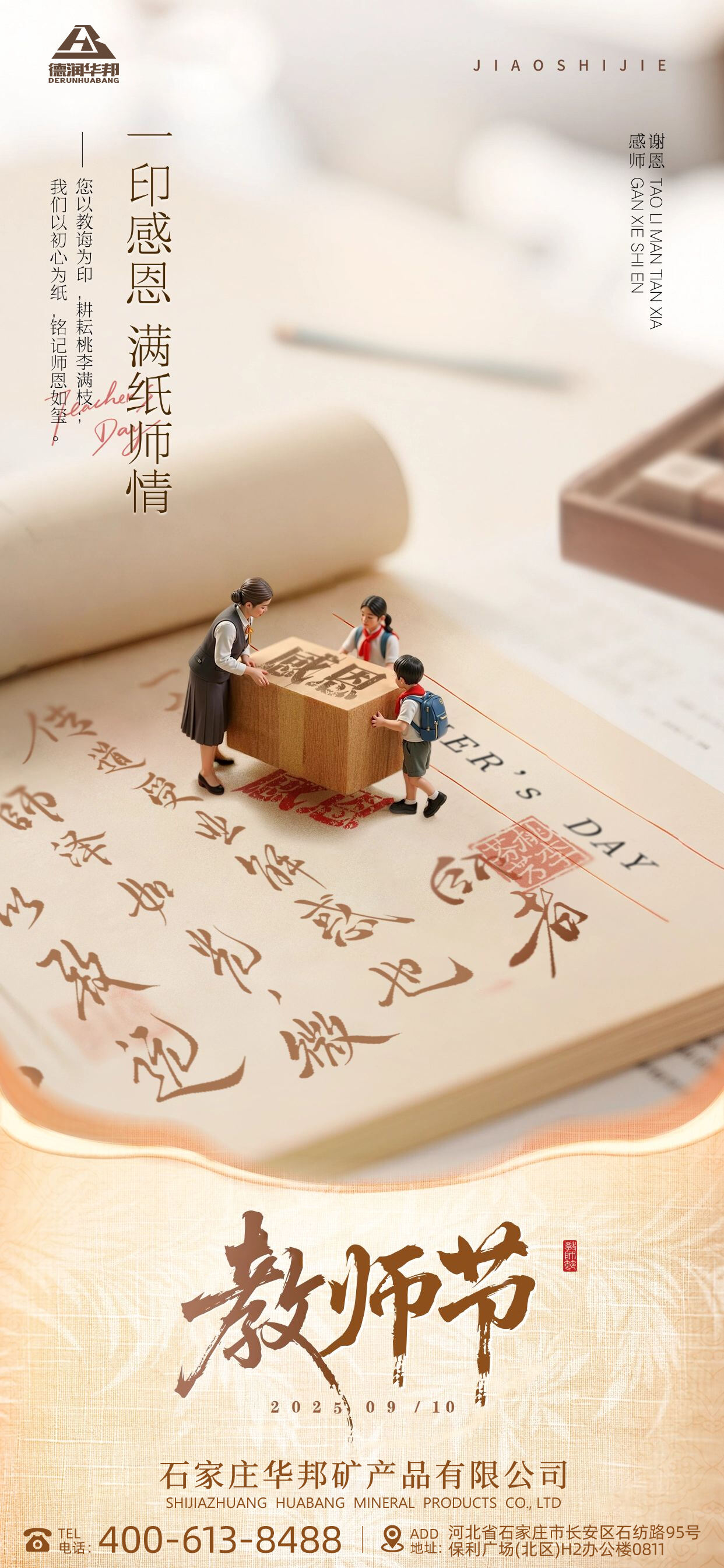
When we think of mentors, we often picture successful professionals who guide young people in their careers. But for many of us, our first and most influential mentors are our teachers. Teachers do more than just teach academic skills—they act ...
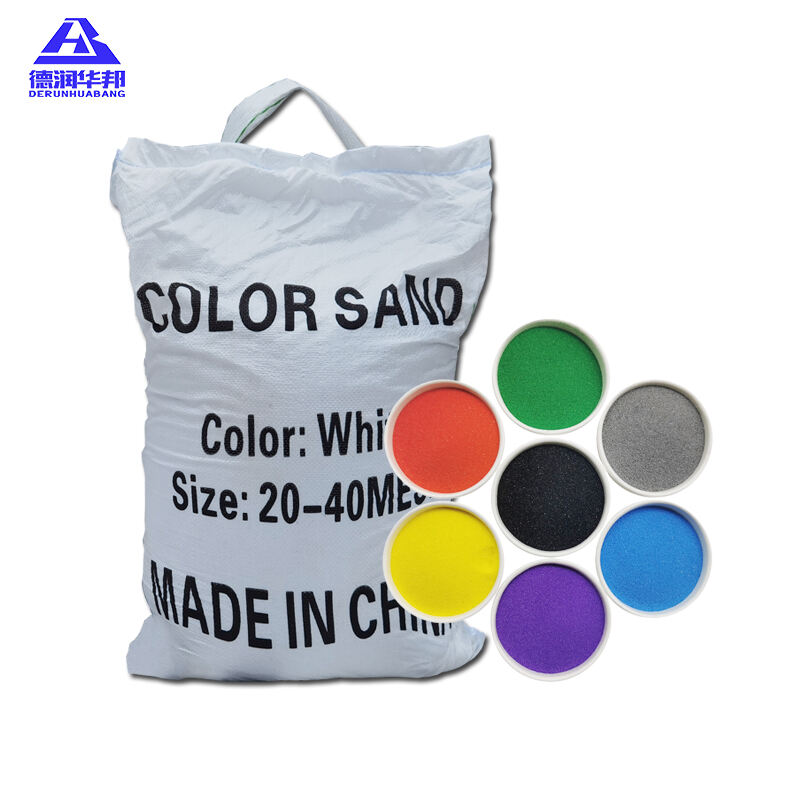
1. Revolutionizing Architectural Design 1.1 Facades and Exterior Cladding Colored sands have become an essential element in modern architectural design, especially when it comes to facades and exterior cladding. Architects are now able to create bu...

Industrial equipment manufacturers constantly seek materials to enhance component durability and performance. Among these, carbon black has emerged as a key additive, especially for applications requiring superior thermal management and mechanical st...

The grand military parade on September 3rd, 2025, to commemorate the 80th anniversary of the victory of the Chinese People's War of Resistance against Japanese Aggression was a spectacular event that attracted the world's attention. This parade was n...
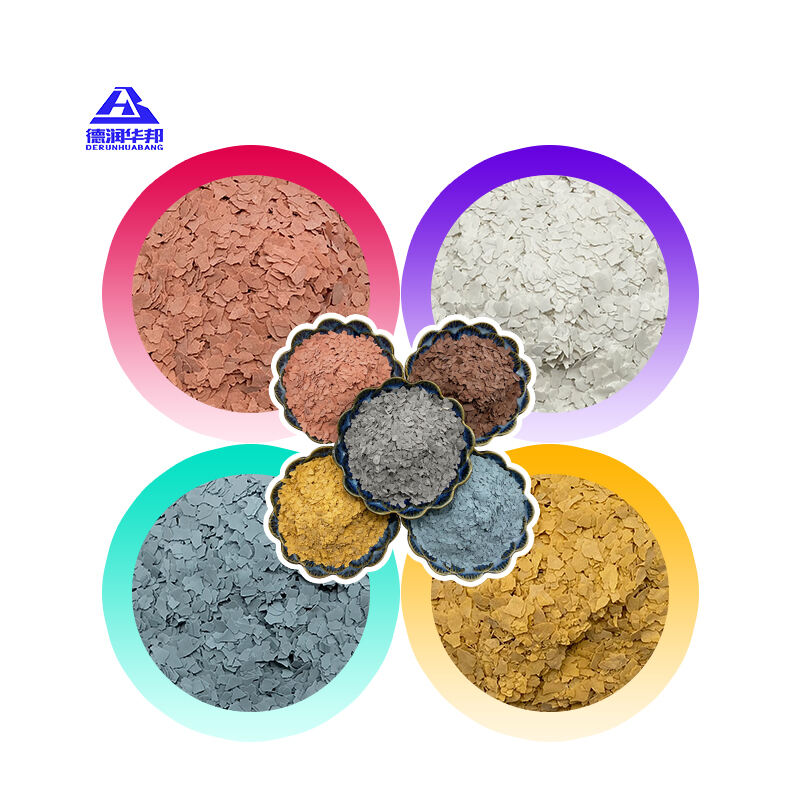
The electronics industry is intricately linked with mica flakes, as it heavily relies on packaging materials that can safeguard sensitive components from electromagnetic interference (EMI) and static elec...
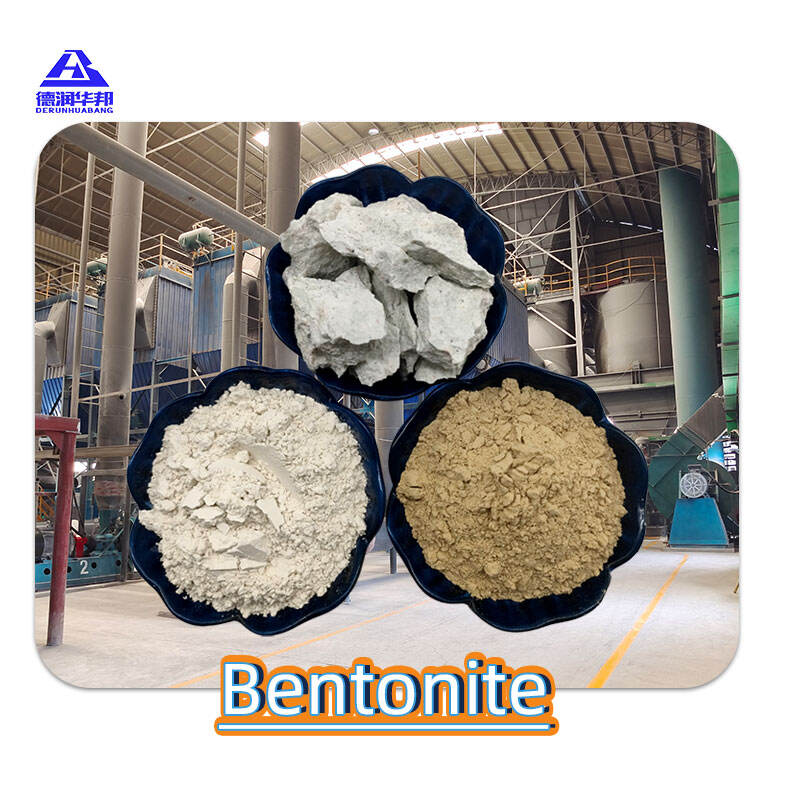
Sand casting is one of the most widely used processes in the manufacturing of automobile parts (engine blocks, cylinder heads), machinery parts (gears, valves), and pipe fittings, accounting for more than 70% of the total casting output. The quality ...

The cosmetic industry is currently undergoing a significant transformation, with an escalating demand for natural, safe, and functional ingredients. In this evolving landscape, cosmetic-grade diatomaceous earth powder (diatomite powder) has emerged ...
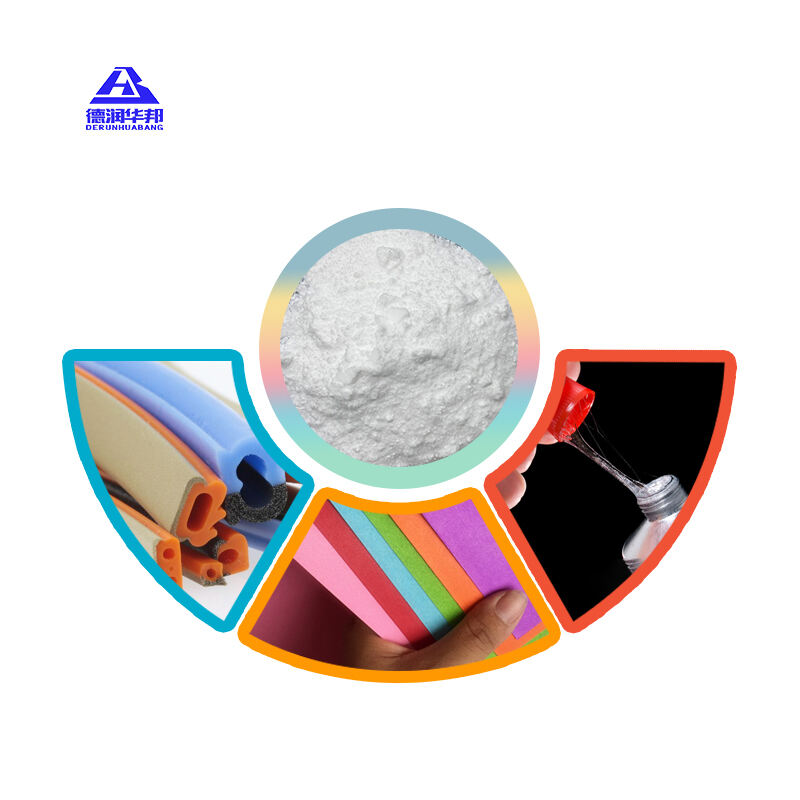
The personal care and cosmetic industry has strict requirements for product quality, safety, and sensory experience. Consumers are increasingly pursuing products with natural, non-irritating, and multi-functional properties. Silicon dioxide (silica/w...

